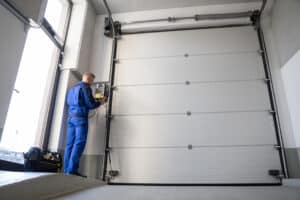What’s the Best Way to Reinforce a Garage Door Against Strong Winds in Parker?
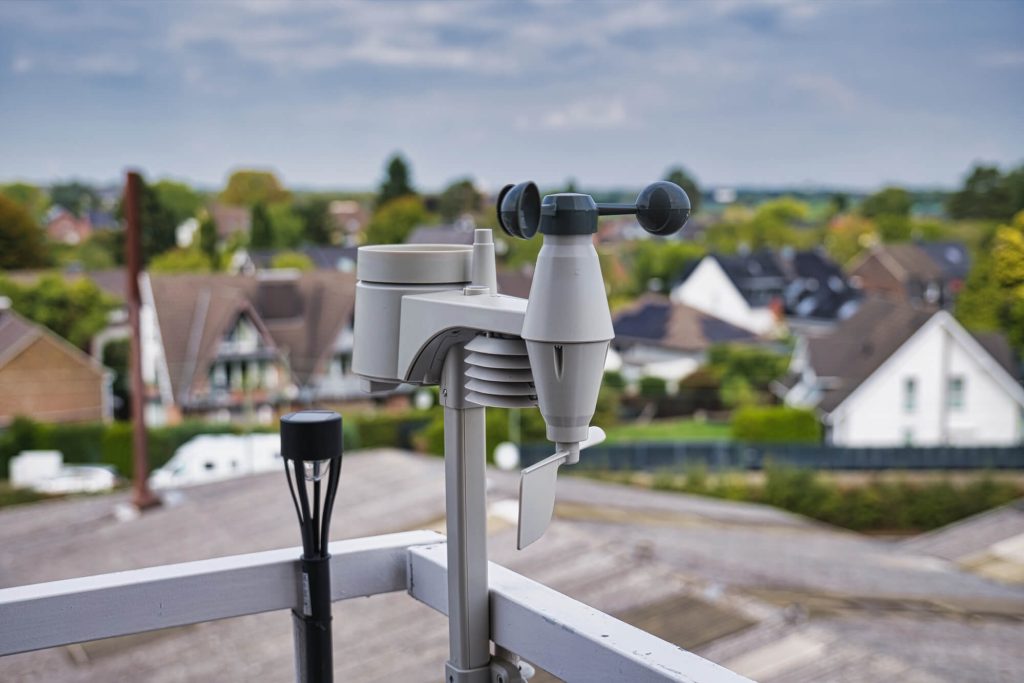
Table of Contents
- Key Points
- How Strong Winds Actually Stress a Garage Door
- Reinforcement Methods (What They Do, When They Help, Trade-offs)
- Reinforcement Options at a Glance
- DIY vs. Pro: Clear Boundaries
- What a Wind-Readiness Inspection Covers (Select Garage Doors)
- Cost & Effort: What to Expect
- Ready for a Wind-Readiness Inspection?
When the wind picks up along the Front Range, Parker feels it. Cold, dense air spills off the Rockies in fast downslope bursts (often called Bora events), passing storm systems drop low pressure to our west, and sharp temperature contrasts set up steep pressure gradients.
That cocktail turns ordinary gusts into the kind that rattle panels, tug at tracks, and test the biggest moving wall in your home—your garage door. Nearby areas like Boulder have clocked 80–100 mph during peak events. While Parker doesn’t experience hurricane-force winds regularly, fall and winter gusts can still reach speeds that stress doors and send debris flying.
If you’ve noticed new creaks, a heavier lift, or a top panel straining around the opener arm, you’re not imagining it. This guide focuses on what actually works for Parker’s terrain-driven winds, including which reinforcements protect the door, what’s safe to check yourself, and where a trained tech makes all the difference—so you can trade worry for a straightforward plan.
Quick Take: In Parker, the most reliable way to reinforce a garage door is a professional wind-readiness inspection followed by targeted upgrades: horizontal struts to stiffen panels, a reinforcement bracket where the opener pulls the top section, tighter track and jamb anchoring, heavier-gauge hinges/rollers/fasteners, and a verified spring balance. Some steps are pro-only because they change weight, tension, or alignment.
Want a local recommendation? Get a quick wind-readiness checklist and schedule your garage door maintenance in Parker with Select Garage Doors.
Key Points
- Wind exposes the weakest link—panels flex, tracks rack, and the top section can crack around the opener arm.
- Real reinforcement is more than “adding metal.” Alignment and balance determine whether upgrades actually work.
- DIY is limited to observation and basic care; torsion/track/openers move into pro-only territory.
- If your door is structurally compromised, replacing it with a wind-rated assembly is the safer path.
Safety First: Torsion/extension springs are under high tension. Adjusting springs, tracks, or opener force/limits should be handled by a trained technician.
How Strong Winds Actually Stress a Garage Door
- Positive/negative pressure pushes and pulls on broad door panels, leading to bowing or oil-canning on long spans.
- Racking forces try to twist tracks out of plumb and pull brackets from framing, especially if fasteners are undersized or into weak substrates.
- Load concentration at the top section (opener arm mount) can crease or crack thin skins without a reinforcement bracket.
- Imbalance (weak springs, heavy door) makes everything worse: the opener strains, and tracks bind under gust loads.
Local to Parker: winter gusts, freeze–thaw cycles, and occasional hail mean panel stiffness, solid anchoring, and correct balance matter year-round.
Reinforcement Methods (What They Do, When They Help, Trade-offs)
1) Horizontal Struts (Panel Stiffening)
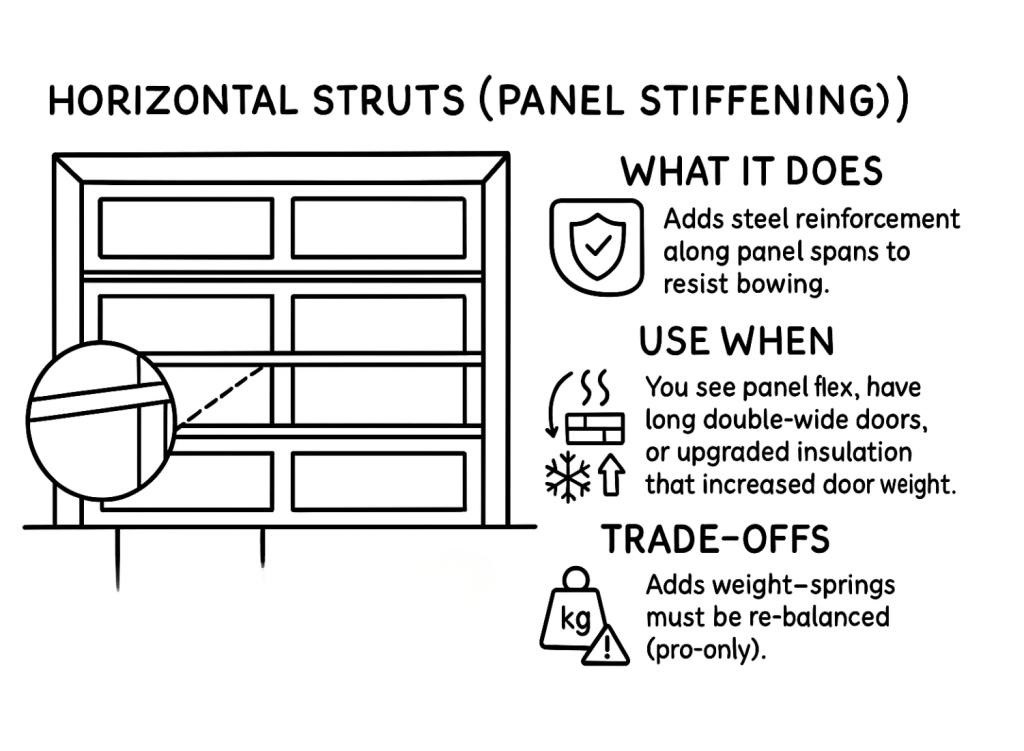
- What it does: Adds steel reinforcement along panel spans to resist bowing.
- Use when: You see panel flex, have long double-wide doors, or upgraded insulation that increased door weight.
- Trade-offs: Adds weight—springs must be re-balanced (pro-only).
2) Opener Reinforcement Bracket (Top Section Interface)
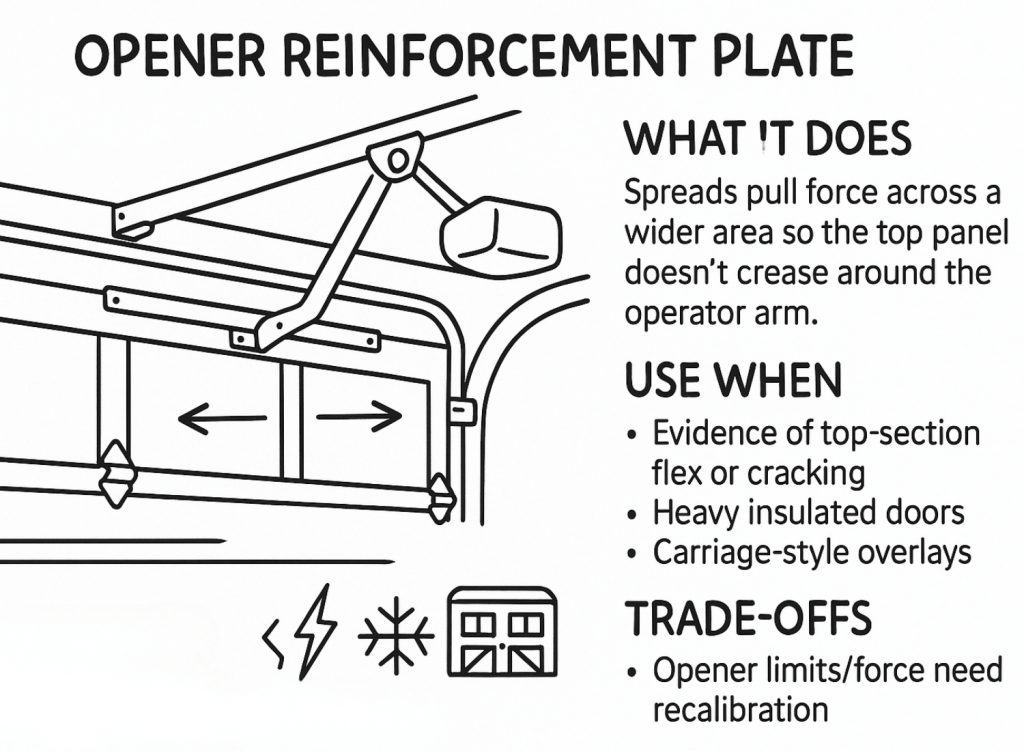
- What it does: Spreads pull force across a wider area so the top panel doesn’t crease around the operator arm.
- Use when: Evidence of top-section flex or cracking, heavy insulated doors, carriage-style overlays.
- Trade-offs: Opener limits/force need recalibration; may require stronger fasteners (pro-only).
3) Track & Jamb Anchoring (Contain Racking)
- What it does: Upgrades lag bolts/anchors, bracket spacing, and fastener embedment into framing; verifies plumb/square geometry.
- Use when: Tracks “walk,” brackets loosen, or the wall substrate is weak.
- Trade-offs: Incorrect adjustments cause binding and premature wear (pro-only beyond minor tightening).
4) Hardware Upgrades (Hinges, Rollers, Fasteners)

- What it does: Heavier-gauge hinges, long-stem rollers, and better fasteners keep sections tracking and aligned under load.
- Use when: Builder-grade hardware shows wear or you’ve had repeat service calls.
- Trade-offs: Modest cost; check compatibility.
5) Door Balance & Spring Health (System Integrity)
- What it does: Proper counterbalance reduces strain on panels, tracks, and openers during gusts.
- Use when: Door won’t hold mid-travel, feels heavy, or the opener strains.
- Trade-offs: Spring work is strictly pro-only.
6) Perimeter & Bottom Seals (Comfort, Not Structure)

- What it does: Reduces wind-driven drafts and chatter; protects finishes and hardware from debris and meltwater.
- Use when: You see daylight at edges or brittle or torn seals.
- Trade-offs: Not structural reinforcement—complementary to the upgrades above.
When Reinforcement Isn’t Enough → Replace the Door
Sometimes a door is simply too tired for upgrades to make sense. If you’re seeing cracked panels, problems popping up in multiple spots, an opening that’s noticeably out of square, or a repair estimate that starts to rival the price of a new unit, replacement is the smarter move.
A wind-rated door installed as a complete system with matched tracks, properly sized springs, a reinforced top section, and heavy-duty hardware gives you strength by design rather than a patchwork of fixes.
With a correct install and balance, you’ll get smoother everyday operation and a better safety margin when Parker’s gusts kick up.
Reinforcement Options at a Glance
| Method | What It Reinforces | Use When | Pros | Trade-offs | Effort/Cost Band* |
| Horizontal Struts | Panel stiffness | Long spans, panel flex | Strong, proven, scalable | Adds weight → spring re-balance (pro) | Low–Mid |
| Opener Reinforcement Bracket | Top-section/opener interface | Top panel creasing, heavy doors | Prevents creasing, inexpensive | Reset opener limits/force (pro) | Low |
| Track & Jamb Anchoring | Track geometry & fastening | Brackets loosen, track “walks” | Controls racking, improves safety | Precise alignment required (pro) | Mid |
| Hardware Upgrades | Hinges, rollers, fasteners | Wear, builder-grade parts | Better alignment under load | Compatibility check | Low–Mid |
| Balance & Springs | System counterbalance | Heavy door, mid-travel won’t hold | Reduces strain everywhere | High tension → technician only | Mid |
| Perimeter/Bottom Seals | Edge comfort (not structural) | Daylight, drafts, brittle seals | Cuts drafts/noise, protects finishes | Not a reinforcement | Low |
| Wind-Rated Replacement | Full structural performance | Structural damage or repeated failures | Highest reliability long-term | Highest cost; new assembly | High |
* Directional bands; final pricing depends on size, condition, and chosen components.
DIY vs. Pro: Clear Boundaries
DIY-safe:
- Visual checks for loose/missing fasteners and daylight at seals.
- Gentle cleaning of tracks (no grease in the track channel) and light lubrication of hinges/rollers with a garage-door-safe product.
- Report unusual noises, heavy lift, or mid-travel drop.
Pro-only:
- Adding struts, installing a reinforcement bracket, changing spring tension, re-hanging or re-squaring tracks, and adjusting opener force/limits.
What a Wind-Readiness Inspection Covers (Select Garage Doors)
- Panel condition, presence/quality of existing struts and center stiles.
- Top-section integrity and need for an opener reinforcement bracket.
- Track plumb/square, bracket spacing, and fastener embedment into framing.
- Hinge gauge, roller condition, and jamb/header health.
- Balance test, opener force/limit verification.
- Perimeter/bottom seals and a prioritized plan (now/soon/later).
Cost & Effort: What to Expect
- Minor hardware/fasteners: low.
- Struts or reinforcement bracket: low–mid (includes balance/limit checks).
- Track/jamb anchoring & alignment: mid.
- Wind-rated replacement: high, but often the right long-term choice when structural issues are present.
Ready for a Wind-Readiness Inspection?
If you’d like expert eyes on your door—and a prioritized plan tailored to Parker’s conditions—our techs can help. Schedule your garage door maintenance in Parker to get practical reinforcement options, clear pricing, and a pro tune-up that keeps your system running smoothly.
REQUEST A QUOTE
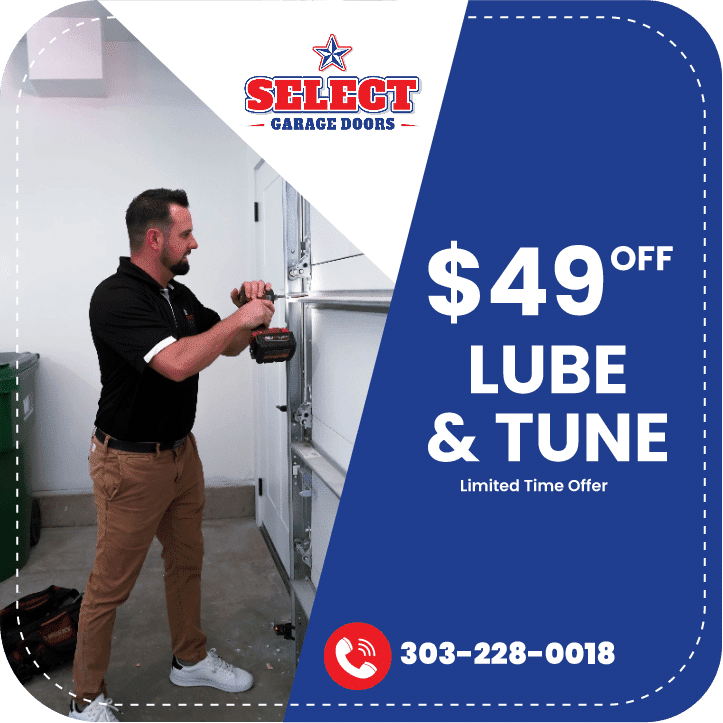
Our Services
Service Areas
Service Areas
WE SERVICE COLORADO SPRINGS, PARKER, LAKEWOOD AND SURROUNDING AREAS

 SCHEDULE A SERVICE
SCHEDULE A SERVICE
